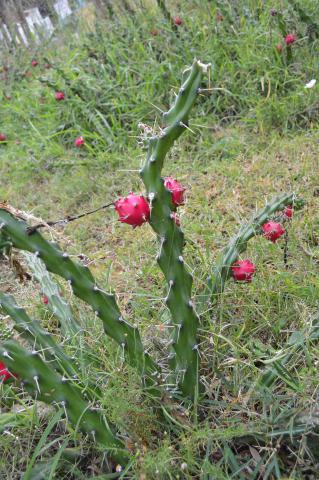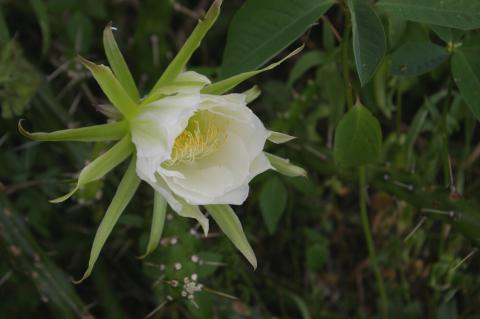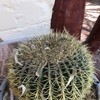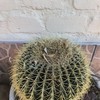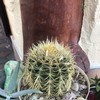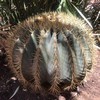Summary details for Harrisia martinii
Moon cactus
Harrisia martinii
Common names: Moon cactus, Torch cactus (E); Toukaktus; Kabelkaktus (A)
Origin: South America
Description
Untidy, spiny, sprawling to clambering, leafless succulent shrub up to 3 m high. Stems long, much-branched, often arching, weakly 3-5 ridged, up to 4 cm across and several metres long, rooting where they touch the ground; stem with zig-zag appearance, stem ridges with prominent humps. Spines in groups, with one to three central, radiating spines up to 35 mm long and 5-7 very small ones that are up to 6 mm long and held close to the stem. Flower buds hairy. Flowers showy, white, nocturnal, with spiny base. Fruit fleshy, almost spherical, bright pink to red, usually with several to many small groups of spines and white pulp containing numerous blackish seeds.
Discussion
This dangerously invasive species can form impenetrable mats that cover many hectares, out-competing and smothering virtually all other plants in the vicinity. Dispersal is mainly by rooting stems spreading and by seed - the fruit pulp, which contains the seeds, is eaten by birds and mammals and spread in their faeces.
This cactus has been declared a noxious weed in South Africa and Australia, where biological control using the mealybug Hypogeococcus pungens has proven to be successful.
» See all records of Moon cactus Harrisia martinii

